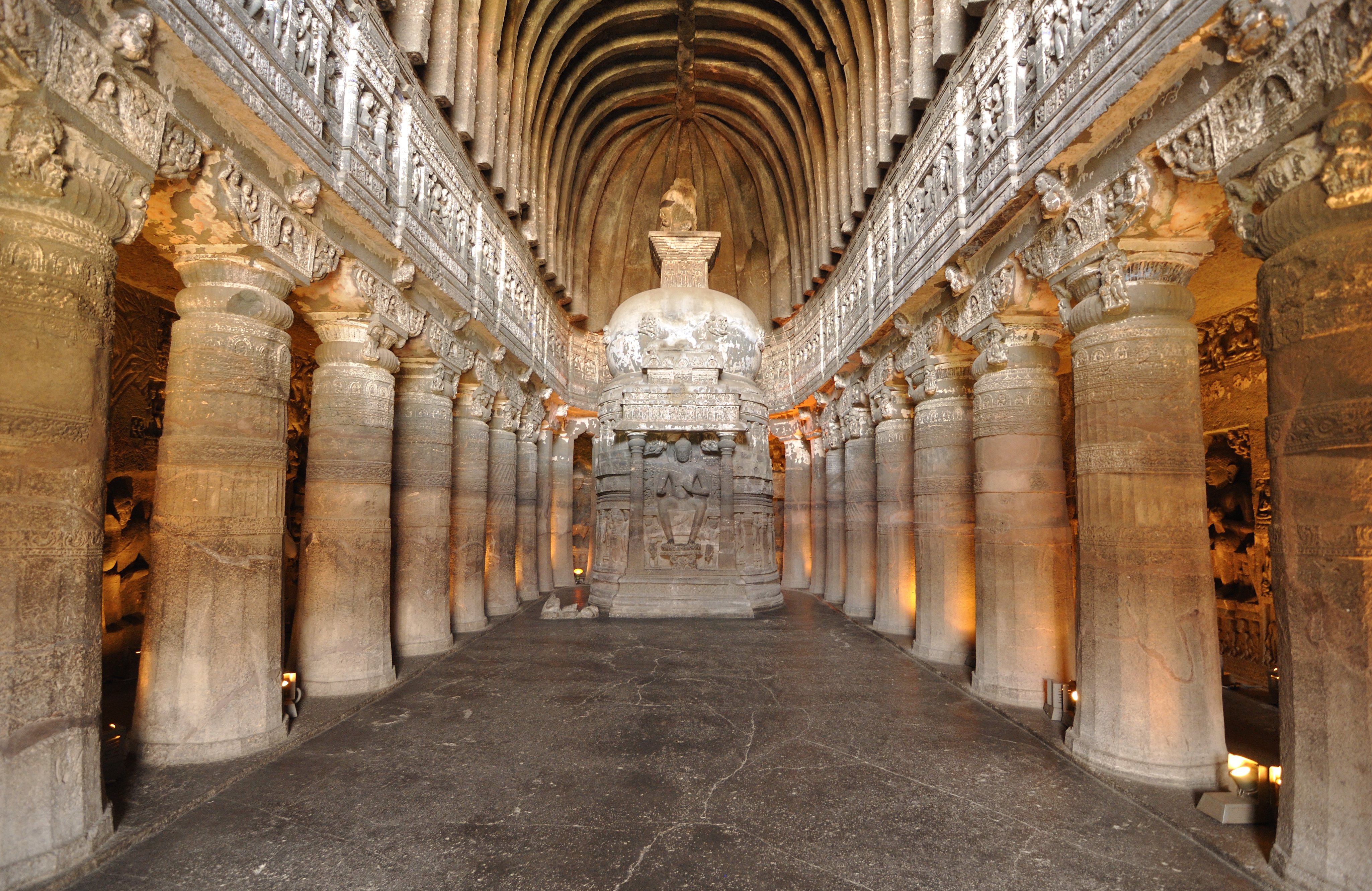🇮🇳map India [Overview]

India—written as Bharat in Hindi—sprawls across the southern reaches of Asia, wedged between the Himalayas and the Indian Ocean and sharing borders with Pakistan, China, Nepal, Bhutan, Bangladesh, and Myanmar. It is the world’s second most populous country and a patchwork of landscapes that swing from tropical coastlines and monsoon-fed plains to desert and the planet’s highest mountain range. Modern megacities like Mumbai, Delhi, Bengaluru, and Kolkata sit alongside ancient pilgrimage towns and medieval forts, and the country’s rhythms shift noticeably from state to state. One detail that surprises many first-timers: India’s urban centers include neighborhoods first planned as British military cantonments, which have evolved into some of the greenest, best-laid-out pockets in today’s cities.
The sheer diversity of people and places can feel overwhelming, but it’s also what makes daily life here so engaging. Expect layered histories everywhere you turn—Indus Valley ruins, grand Mughal architecture, and colonial-era boulevards—woven into a young, energetic democracy. Street life is social and noisy in the best ways: tea stalls hum from dawn, neighborhood markets set the day’s pace, and festivals spill color into public squares. If you land with an open schedule and a curious palate, the country rewards you with moments that feel both timeless and surprisingly modern.
Economy
India’s economy is a study in contrasts: agriculture still sustains a large share of households, especially in rural regions, while cities pulse with industry and fast-growing service sectors. Farmers grow staples like rice and wheat alongside cash crops destined for urban and export markets, and you’ll see how rainfall and irrigation shape local fortunes. Industrial hubs—from older steel towns to newer manufacturing corridors—sit alongside tech centers where consulting, software, and business services feed global supply chains. This spread means work culture varies dramatically: village labor cycles track the seasons, while city offices run long hours with a strong emphasis on education and upskilling.
Historically a trading civilization with ancient seaports and overland routes, India remains deeply connected to the world through shipping lanes, aviation networks, and a vast diaspora that keeps ideas and capital circulating. Major metropolitan regions function as gateways for international business and culture, and you’ll notice how global brands coexist with local small enterprises on the same block. The national system is a federal democratic republic with a bicameral parliament, which shapes economic policy for states and union territories that often compete to attract investment. For mobile professionals, this adds opportunity: different cities and states cultivate their own niches—from heavy industry to design, finance, and information technology—creating multiple entry points into the market.
Culture
India’s cultural life is famously plural, spanning hundreds of communities, many languages, and an extraordinary range of music, food, and festivals. You’ll meet people who identify with region, caste, tribe, and city as strongly as with the nation, and that local pride shows in cuisine, dress, and daily customs. The roots run deep: from the urban Indus civilization to the Mauryan and Mughal empires and later British rule, each era left its stamp on architecture, laws, and institutions. Today’s cities reflect all of it—old bazaars and temples, colonial-era neighborhoods, and sleek technology parks often sit within a few kilometers of each other.
Religions with global reach—Hinduism, Islam, Christianity, Sikhism, Buddhism, and Jainism—shape public life and the calendar, and most communities keep lively traditions around food and festivals. Vegetarian and non-vegetarian cooking coexist comfortably, with regional staples ranging from rice to wheat and millets, and street snacks offering the quickest window into local taste. National events and festivals are celebrated with gusto, drawing families and neighbors out into shared spaces regardless of background. If you lean into the social side—accepting invitations for tea, learning a few local phrases, and asking about neighborhood rituals—you’ll find daily life opens up quickly and generously.
Raj
Raj is a technology consultant and global mobility specialist originally from Bangalore, India,
with over 14 years of experience in the tech industry and international talent relocation. Having
worked for major technology companies including Infosys, Wipro, and leading global tech firms,
Raj has extensive experience facilitating the relocation of Indian IT professionals to key markets
including Australia, Mauritius, and other Commonwealth nations. His expertise spans both the
technical aspects of skilled worker visa programs and the cultural nuances of adapting to new
markets, particularly for professionals in the technology sector.
Published: 2025-04-29